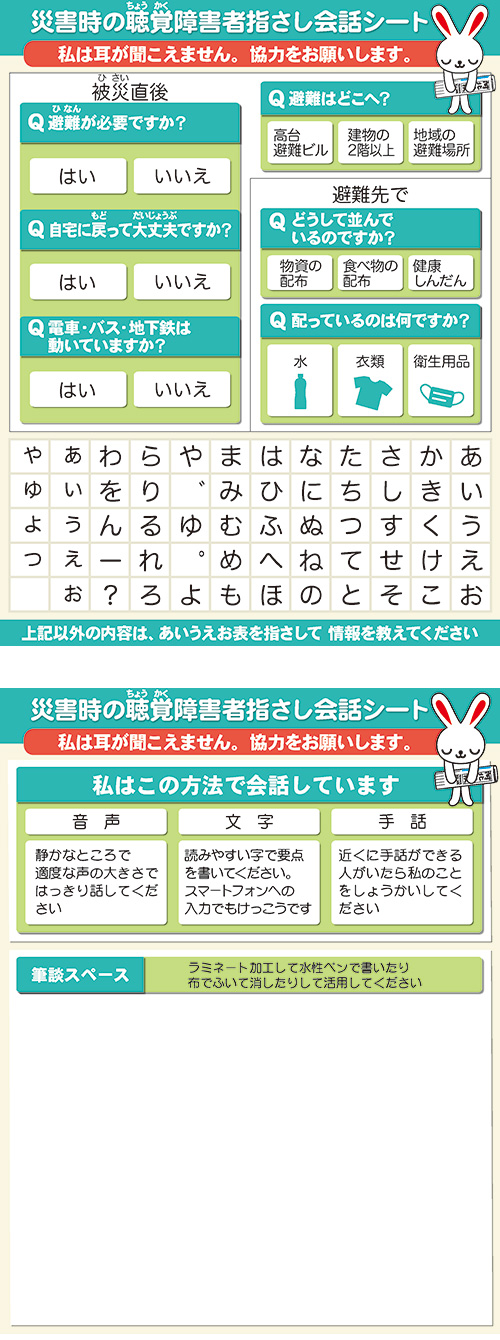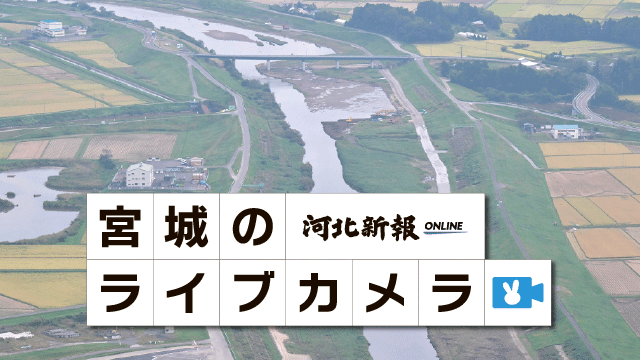Part 3: The Uncertainties of Evacuating by Car (2) Promises / Dedicating Cars to Transporting the We




In order to prevent traffic jams, Ryoishi-cho, Kamaishi City limited car evacuation to vehicles transporting people in need of special support. This community initiative proved successful during the disaster.
Rumble, rumble…Tremors violently rocked the ground. The sea bubbled like boiling water.
Hajime Seto (67), chairman of the Ryoishi-cho neighborhood association, was at the Ryoishi fishing port that day. Seto took a loudspeaker from the neighborhood association office and tied it to the back of a minibike. He rode around the district, shouting, "A tsunami's coming, evacuate now!"
After about 15 minutes, he tried to evacuate by crossing National Route 45. However, the traffic was heavy, and he could not get through easily. When he finally made it across and entered a narrow road, which lead to Ryoishi Park on higher ground, a white pickup truck approached from a side road.
Sitting in the truck bed was an old man from the neighborhood. He was bundled up in a jacket and a hat, grasping the lattice of the rear window. Near him was a walking stick that he couldn't do without, due to his weak legs.
Seto peered into the driver's seat. "Oh, chairman. I’ve picked up one person.” It was a local acquaintance. The pickup truck maneuvered around the residents hurrying up the hill on foot, making its way towards the park. In contrast to Route 45, there were no other vehicles on the road. This truck was one of the vehicles that had been requested in advance to assist with evacuations.
During the Great Chile Earthquake Tsunami of February 2010, a massive traffic congestion occurred on National Route 45. If all residents escape by car, the evacuation routes in the district would also end up heavily congested. "We can’t leave things this way," thought Seto.
In December 2010, the neighborhood association agreed on the establishment of a voluntary disaster prevention organization, and revisited their tsunami countermeasures.
Ryoishi-cho had many victims in the great tsunamis that struck in the Meiji and Showa periods. The concept of “inochi tendenko,” which urges people to focus on saving themselves to prevent further casualties, took root among the residents. However, roughly half of the 600 inhabitants in the district are 65 or older. Some of the elderly residents need assistance with evacuating.
"Assisting the elderly runs counter to the teachings of our ancestors." "Now that our society has cars, we must change our way of thinking." After discussion, car evacuation was limited to vehicles registered to transport people who could not walk on their own, and were in need of special support. The town formed 12 groups which paired people in need of special support with evacuation vehicles. Each group had one to two cars designated for this purpose.
By the time Seto arrived at the park, 120 residents comprised mainly of the elderly had evacuated there. Around 10 minutes later at 3:15 p.m., swirling black water in the bay surged up and spilled over the 10-meter seawall.
Cars continued traveling along National Route 45, which ran immediately below the park. "A massive tsunami is approaching!” Seto yelled into the loudspeaker, but his cries did not reach the ears of the drivers. They were swallowed in the water, along with their cars.
The tsunami, which reached a maximum height of 21.5 meters, even hit several areas on higher ground, resulting in 45 victims. However, Seto later investigated the matter and found that almost all residents, including the nine in need of special assistance, had at least been able to make it to high ground.
Car evacuation and traffic jams come hand-in-hand. In cases such as Ryoishi-cho, where roads are primarily used by locals, the promise to “limit car use to helping the weak” proved effective.
◎Limits placed on car evacuation / Companies should share challenge with residents
<In situations where escaping by car is unavoidable, municipalities must build consensus to keep the number of vehicles below a certain limit.> After the earthquake, the government partially approved car evacuation from tsunamis, while requesting communities to come up with various countermeasures against traffic congestion. Residents and companies alike are wracking their brains over the matter.
After the earthquake, the people who rebuilt their homes in the coastal areas have been slowly returning.
At around 5:20pm on December 7, 2012 in Hanagama administrative district, Yamamoto Town, Miyagi Prefecture, self-employed Shin’ichiro Kikuchi (65) heard that a tsunami warning had been issued. He headed to the house of Hiro Shibata (82), a neighbor who rebuilt his flooded home and lived alone. "Let's run together," said Kikuchi as he loaded Shibata into his wife's car.
The road leading to National Route 6, located inland, was already congested. Kikuchi turned the car and took a detour down a side road.
It was around two kilometers to higher ground, and a stretch of flat land lay between the ocean and the national highway. Shibata did not own a car, and had been unable to evacuate during the earthquake.
"It would take time to walk, whether you're elderly or not. There's no choice but to evacuate by car," said Kikuchi. However, he continued to feel uneasy about the risk of traffic congestion.
After the earthquake, the number of households in Hanagama district dropped sharply from around 1000 to 250. Cars began to disappear from the streets of residential districts.
On the other hand, the number of large vehicles involved in reconstruction efforts surged. Dump trucks come and go in the coastal area of the town, with license plates from Okinawa in the south to Muroran in the north. If a tsunami breaks out, these approximately 2000 vehicles would rush inland at once.
“Neither residents nor outside workers are given explicit priority. The problem lies in how we could make best use of the limited space on the roads.” Kikuchi works with researchers to search for a solution.
A joint venture (JV) of 10 companies responsible for disaster waste treatment in Kesennuma City, including the Taisei Corporation Tohoku branch, participated in a joint evacuation drill run by the city and Miyagi Prefecture on November 3, 2012.
Around 450 people work in the inundation zones of Hashikami and Koizumi districts. During the training, 57 people escaped to the nearest evacuation sites on foot and by car.
During a review session after the training, participating companies discussed issues of evacuation in the region with city officials. There are 1-2 kilometers from the construction sites to higher ground. They agreed that as a rule, they would escape by car.
On December 7, 2012, a tsunami warning was issued in the Hashikami district, and the roads connecting to National Route 45 had traffic congestion stretching more than 500 meters. Workers are said to have abandoned their dump trucks and escaped by running.
Kazuhiro Nakazato (37), in charge of engineering, added the abandonment of vehicles to the evacuation plan. "If cars are left willingly, right before reaching the national highway, the lives of the workers would be protected with negligible influence on the local community."
According to government investigations on offices located in municipalities hit by the tsunami, 19.7% had decided tsunami refuge areas and evacuation routes in advance. Only 9.2% held regular tsunami drills. The staff work on weekdays and take the weekends off, so the participation rate in municipal emergency drills is low.
Yoshi Abe, an assistant at the Tohoku University International Research Institute for Disaster Science (Tsunami Engineering), explains, "Companies are expected to protect the lives of their employees, but independent manuals may generate conflict with the local community. I hope they share regional challenges by conducting evacuation drills and holding discussions together, searching for the best decisions they could make."
Translated by Stephen Meyerink
February 26, 2013 (Tues.)
[Japanese] http://www.kahoku.co.jp/special/spe1114/20130226_01.html
 朝刊・夕刊
朝刊・夕刊 記事を探す
記事を探す FAQ
FAQ















